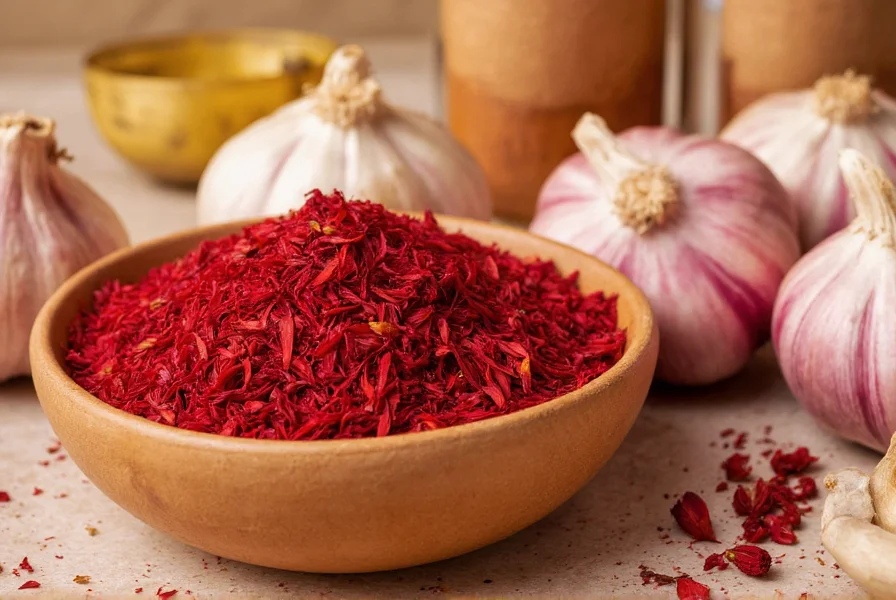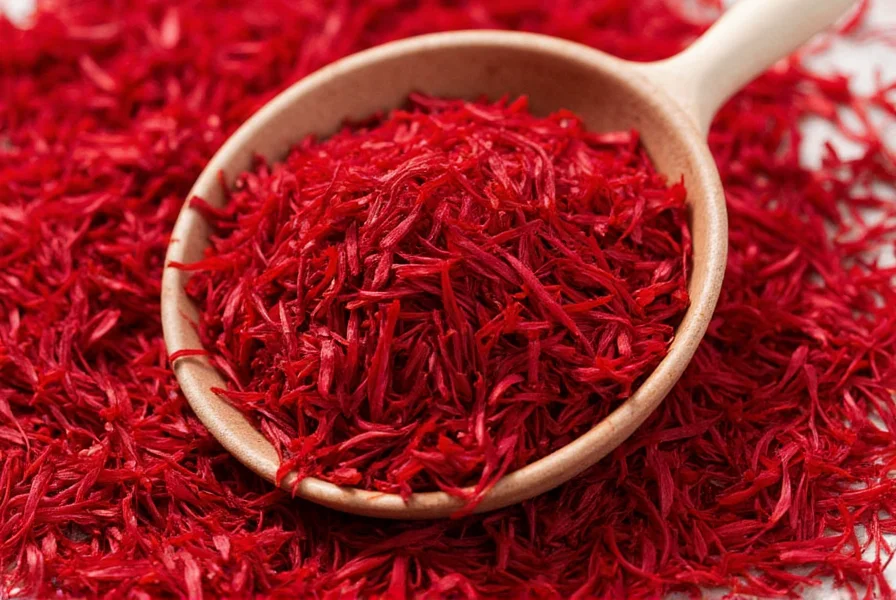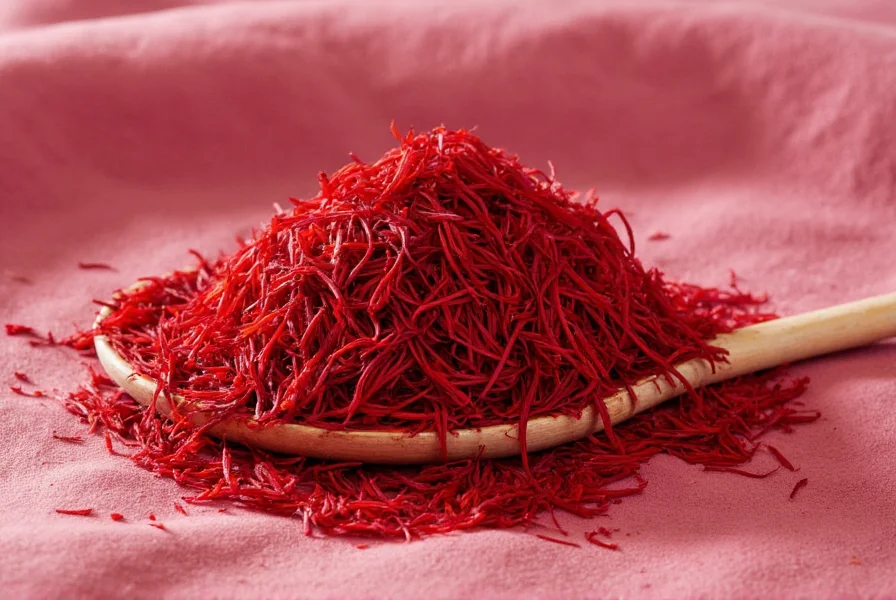Understanding saffron pricing requires examining why this golden spice commands such extraordinary value. Unlike common spices that can be mechanically harvested, saffron consists of the delicate red stigmas hand-picked from Crocus sativus flowers. Each bloom produces only three stigmas, and harvesting occurs during a narrow 2-3 week window each autumn when the purple crocus flowers open at dawn. This intensive labor requirement—approximately 40 hours of work to produce just one ounce of dried saffron—forms the foundation of its premium cost.
Factors Influencing Saffron Pricing
The saffron market features significant price variation based on multiple quality determinants. Understanding these factors helps consumers evaluate whether they're receiving genuine value:
| Quality Factor | Impact on Price | Verification Method |
|---|---|---|
| Geographical Origin | Iranian (70-80% global supply): $5-12/g Spanish (high-grade): $10-15/g Indian/Kashmiri: $8-14/g |
Certificates of origin, ISO 3632 testing |
| Quality Grade (ISO 3632) | Coupé (highest): $12-15/g Mancha: $8-12/g Rio: $5-8/g Standard: $3-5/g |
Coloring strength (190+), flavor, aroma measurements |
| Purity Level | Pure threads: $5+/g Adulterated (with safflower): $2-4/g Artificially colored: <$2/g |
Water test, microscopic examination, chemical analysis |
Why Saffron Commands Premium Pricing
The extraordinary cost of saffron stems from biological and agricultural constraints rather than artificial market manipulation. Each Crocus sativus flower produces merely three stigmas, which workers must harvest by hand within 15-20 minutes of the flower opening. This narrow harvesting window requires thousands of workers moving through fields at first light, collecting flowers that must be processed the same day. The stigmas then undergo careful drying to preserve their volatile compounds—primarily crocin (for color), picrocrocin (for flavor), and safranal (for aroma).
When calculating saffron cost per use, the economics become more reasonable. A single gram contains approximately 4,000-5,000 threads, sufficient for 20-30 dishes depending on the recipe. Traditional Spanish paella requires just 0.1-0.2 grams per serving, while Persian rice dishes use even less. This means that despite the high per-gram cost, the actual expense per meal remains modest—typically $0.25-$0.75 per serving when using premium saffron.
Current Market Trends Affecting Saffron Cost
Recent years have seen notable fluctuations in saffron pricing due to several factors. Climate change has impacted traditional growing regions, with drought conditions in Iran (producing 90% of global supply) causing 15-20% price increases in 2023-2024. Simultaneously, growing culinary interest in authentic saffron has increased demand from specialty food markets and supplement manufacturers, further tightening supply.
Consumers should be aware of common pricing red flags that indicate potentially adulterated product. Genuine saffron never costs less than $2 per gram in retail markets—products significantly below this threshold likely contain fillers like safflower, corn silk, or artificial dyes. The water test provides a simple verification method: pure saffron gradually releases a golden-yellow color over 15-20 minutes, while fake saffron immediately bleeds red or shows no color change.
Evaluating Saffron Value Beyond Price
When assessing whether expensive saffron is worth the investment, consider these practical metrics:
- Aroma intensity: Premium saffron emits a distinctive hay-like fragrance with subtle metallic notes when crushed between fingers
- Color release: High-quality threads produce vibrant yellow-orange hues rather than dull yellow
- Thread integrity: Authentic saffron consists of intact trumpet-shaped threads, not broken pieces or powder
- Chemical testing: ISO 3632 certification verifies coloring strength (minimum 190), flavor, and aroma compounds
For culinary applications, the difference between premium and low-grade saffron becomes apparent in both flavor complexity and color saturation. Lower-priced options often deliver muted flavor and insufficient coloring power, requiring larger quantities that ultimately negate any initial cost savings. Serious chefs and home cooks pursuing authentic dishes from Spanish, Persian, or Indian cuisines will find that investing in properly graded saffron delivers superior results.

Practical Guidance for Saffron Purchases
Understanding saffron cost per use rather than just per gram provides more meaningful purchasing guidance. Most recipes require only 0.05-0.15 grams per serving, meaning a single gram can season 7-20 dishes depending on the cuisine. When shopping, look for:
- Opaque packaging that protects from light degradation
- Whole threads rather than powder (less prone to adulteration)
- ISO 3632 certification or equivalent quality grading
- Transparent sourcing information including harvest date
For regular users, purchasing 0.5-1 gram quantities allows testing quality before committing to larger, more expensive purchases. Proper storage in an airtight container away from light preserves saffron's potency for 1-2 years, making bulk purchases worthwhile for frequent users. Remember that saffron's flavor compounds activate best when steeped in warm liquid for 15-20 minutes before adding to recipes—a technique that maximizes value from each precious thread.

Comparing Saffron Cost to Other Premium Ingredients
While saffron's price per pound exceeds gold by weight, its culinary value becomes reasonable when compared to other luxury ingredients. Consider these comparisons:
- Vanilla beans: $200-300 per pound (vs. saffron's $5,000)
- Truffles: $800-1,500 per pound (fresh)
- Caviar: $1,000-5,000 per pound
- Matcha: $100-200 per pound (ceremonial grade)
The key difference lies in usage quantity—while you might use several ounces of vanilla or truffles in a recipe, saffron's potency means tiny amounts deliver dramatic results. This concentration factor makes saffron economically viable despite its extraordinary per-unit cost.
Why does saffron cost more than gold by weight?
Saffron costs more than gold by weight due to its extremely labor-intensive harvesting process. It takes 75,000-250,000 crocus flowers to produce just one pound of dried saffron stigmas, with each flower yielding only three threads that must be hand-picked at dawn during a narrow 2-3 week harvest window. Gold's value comes from rarity and industrial uses, while saffron's price reflects the massive human effort required for minimal yield.
How much saffron should I expect to pay for genuine product?
Authentic saffron typically costs $5-15 per gram depending on quality grade. Prices below $2 per gram usually indicate adulterated product. Premium Spanish or Iranian saffron graded as ISO 3632 Coupé or Mancha should cost $10-15 per gram. Remember that a single gram contains enough threads for 20-30 dishes, making the actual cost per serving quite reasonable despite the high per-gram price.
What's the difference between cheap saffron and expensive saffron?
The primary differences between cheap and expensive saffron involve purity, origin, and chemical composition. Premium saffron has higher concentrations of crocin (color), picrocrocin (flavor), and safranal (aroma). Cheap saffron often contains fillers like safflower, corn silk, or artificial dyes. Genuine saffron gradually releases golden-yellow color in water over 15-20 minutes, while fake versions immediately bleed red or show no color change. Higher-grade saffron also features intact trumpet-shaped threads rather than broken pieces.
How can I make my saffron purchase more economical?
To maximize saffron value, purchase whole threads rather than powder, store it properly in an airtight container away from light, and always steep it in warm liquid for 15-20 minutes before use. Buy smaller quantities (0.5-1 gram) initially to test quality. For most recipes, 0.05-0.15 grams per serving is sufficient—using more won't improve flavor but will waste expensive spice. Properly stored saffron maintains potency for 1-2 years, making larger purchases worthwhile for regular users.
Does expensive saffron actually taste different from cheaper options?
Yes, premium saffron delivers noticeably superior flavor, aroma, and coloring power compared to lower-grade options. High-quality saffron contains higher concentrations of the key compounds: crocin (for vibrant color), picrocrocin (for distinctive flavor), and safranal (for aromatic complexity). When properly used, premium saffron creates dishes with deeper golden hues and more complex flavor profiles that cheaper alternatives cannot replicate, even when using larger quantities of the inferior product.











 浙公网安备
33010002000092号
浙公网安备
33010002000092号 浙B2-20120091-4
浙B2-20120091-4